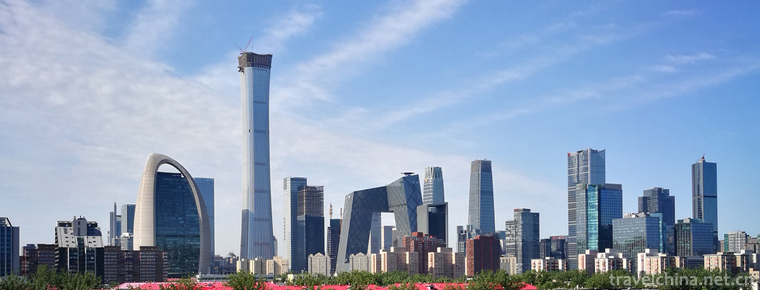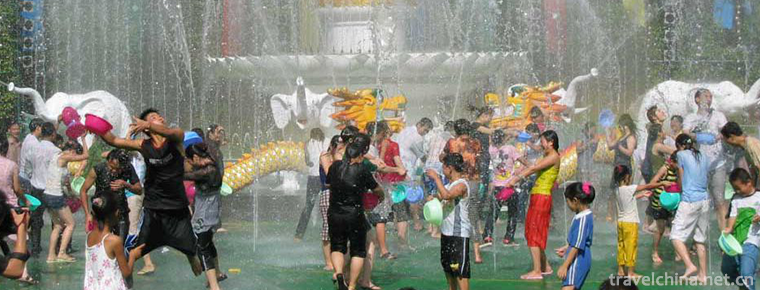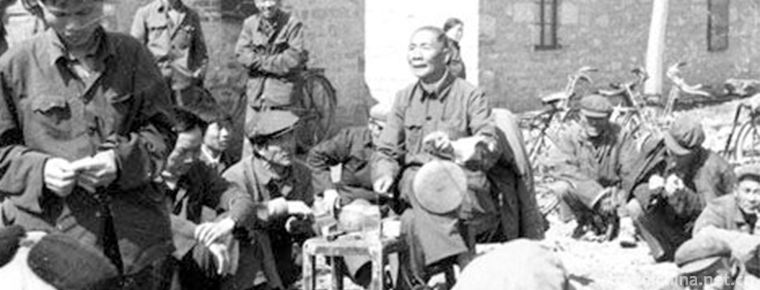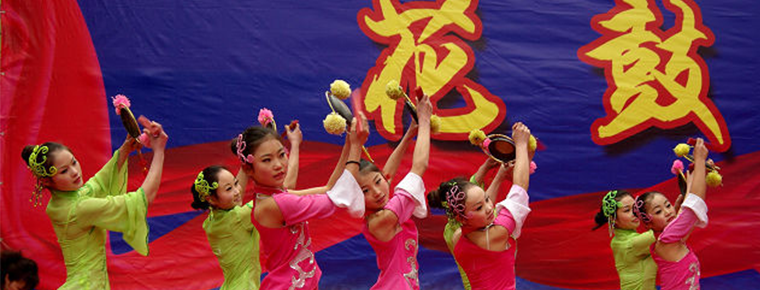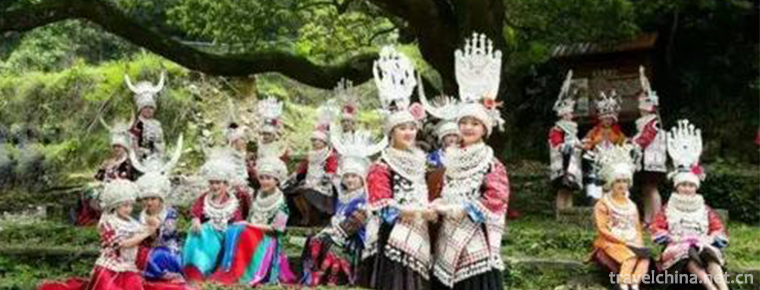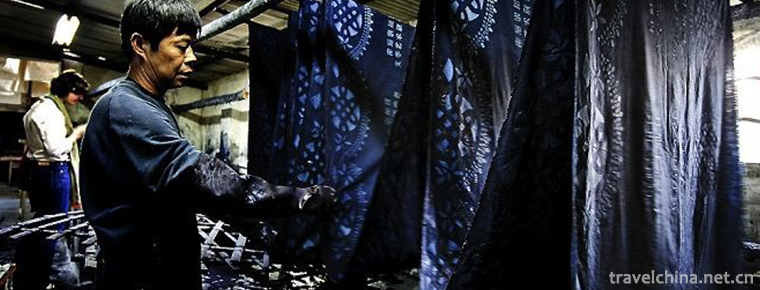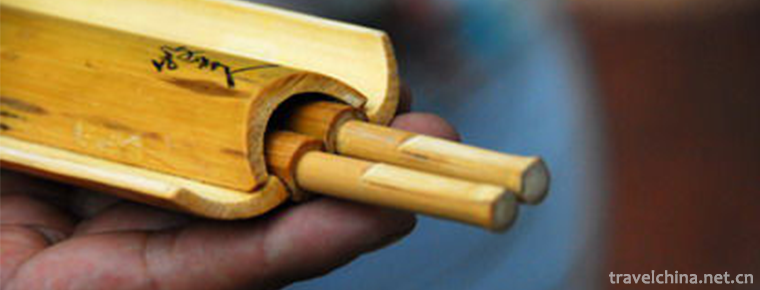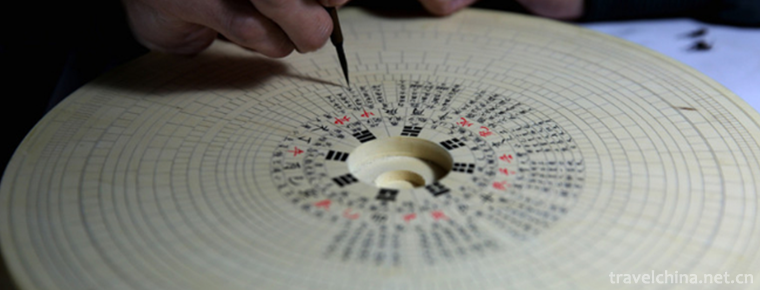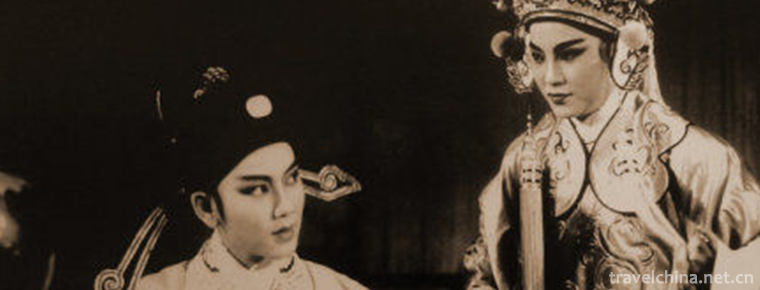Neijiang traffic
Neijiang traffic
overview
Neijiang has convenient transportation, which is one of the main national highway transportation hubs planned by the Ministry of transport, the second largest transportation hub in Sichuan Province and an important intersection point of Southwest land transportation. There are six expressways built in the territory, including yinkun, Xiarong, rongzung, neisui, neiwei Rongrong and Lezi; there are 6 built railways including Chengdu Chongqing, Neijiang Kunming, longhuang, Ziwei, Guilian, Chengdu Chongqing passenger dedicated line, and South Sichuan city Except for Weiyuan County, other counties (districts) in the whole city have high-speed rail.
In 2019, the highway passenger traffic volume of Neijiang City is 67 million person times, the passenger transportation turnover volume is 3.619 billion person kilometers, the freight volume is 49 million tons, and the freight turnover volume is 4.630 billion ton kilometers. By the end of the year, the total mileage of highways in the city was 12707 km, including 307 km of expressways. A total of 923 kilometers of new (reconstructed) roads connecting villages and townships have been built. There were 284200 civilian vehicles, an increase of 13.0% over the end of last year, including 260500 private cars, an increase of 13.6%. In the whole year, postal business income reached 610 million yuan, an increase of 12.6% over the previous year.
highway
Chengdu Chongqing Expressway, Neijiang Yichang expressway, Longna expressway, Chengdu Zigong Luzhi expressway, Neijiang Suining expressway, Zilong expressway, neiwei Rongcheng Expressway and Neijiang Ring Expressway (under construction) constitute the traffic network of Neijiang expressway.
National Highway g321 (Guangcheng highway, Guangzhou Chengdu), g247 (Jingtai Zhaotong highway), g348 (Wuhan Dali highway) run through Neijiang River.
Railway
There are five Railways (Chengdu Chongqing, Neijiang Kunming, Ziwei, Guilian, Longlu), one operating high-speed railway (Chengdu Chongqing Railway Passenger Dedicated Line) and one high-speed railway under construction (intercity railway in southern Sichuan).

Neijiang traffic
-
Water splashing Festival
Dai Water-Splashing Festival is also called "Bath Buddha Festival". Dai language is called "Sangkangbimai" (meaning "New Year"). Dai people in Xishuangbanna Dai Autonomou
Views: 437 Time 2019-04-24 -
Hangzhou Reviews
Hangzhou commentary originated from the Southern Song Dynasty, and has a history of 800 years. It is the most characteristic local traditional folk art in Hangzhou, Zhejiang Province.
Views: 206 Time 2019-05-02 -
Hua gu deng Flower drum lantern
Flower drum lantern, a traditional dance in Bengbu City, Fengtai County and Yingshang County, Anhui Province, is one of the national intangible cultural heritage.
Views: 283 Time 2019-05-04 -
Miaos Rock planting Custom
Traditionally, the Miao people have a kind of public deliberation and legislative activities called "burying rock" (also known as "planting rock". When burying rock, they bury a re
Views: 222 Time 2019-06-05 -
Printing and Dyeing Techniques of Nantong Blue Printing Cloth
Nantong Blue Printing and Dyeing Technology, one of the local traditional printing and dyeing techniques in Nantong City, Jiangsu Province, is one of the national intangible cultural heritage.
Views: 185 Time 2019-06-07 -
Performing and Making Skills of Qiang Flute
Qiang flute is an ancient single-reed gas singing instrument in China. It has a history of more than 2000 years. It is popular in the Qiang people's residence of Aba Tibetan Autonomous
Views: 181 Time 2019-06-10 -
Manufacturing Techniques of Wanan Compass
Wan'an compass making technology, the local traditional handicraft in Xiuning County, Anhui Province, is one of the national intangible cultural heritage.
Views: 160 Time 2019-06-26 -
Shaoxing opera
Vietnam Opera is the second largest opera in China, known as the second national opera, also known as the "most widely circulated local opera". Some people think that it is the "largest
Views: 152 Time 2019-07-16 -
Cuiyun corridor
Cuiyun corridor is a section of the ancient Shu Road, and also a section of Jianmen Shu Road, which is famous for its danger. Cuiyunlang, also known as "Huangbai" and "zhangfeibai" in ancient times, is located in Jiange County, Guangyuan City, Sichuan Province, and Zitong County, Mianyang City. Cuiyunlang in Jiange county has been built into a national AAAA scenic spot.
Views: 132 Time 2020-11-08 -
The changing style of Cheongsam
After a hundred years of evolution, with the change of people's life style and aesthetic taste, cheongsam has developed a variety of styles, which makes people dazzled. In the golden age of the development of Cheongsam in the 1930s and 1940s, the styles of cheongsam changed
Views: 333 Time 2020-12-11 -
Famous people in Mianyang
Wenqi, Emperor chengdi of Han Dynasty, Guangwu people, Ziqi, Zhenyuan General of the Eastern Han Dynasty.
Views: 340 Time 2020-12-14
